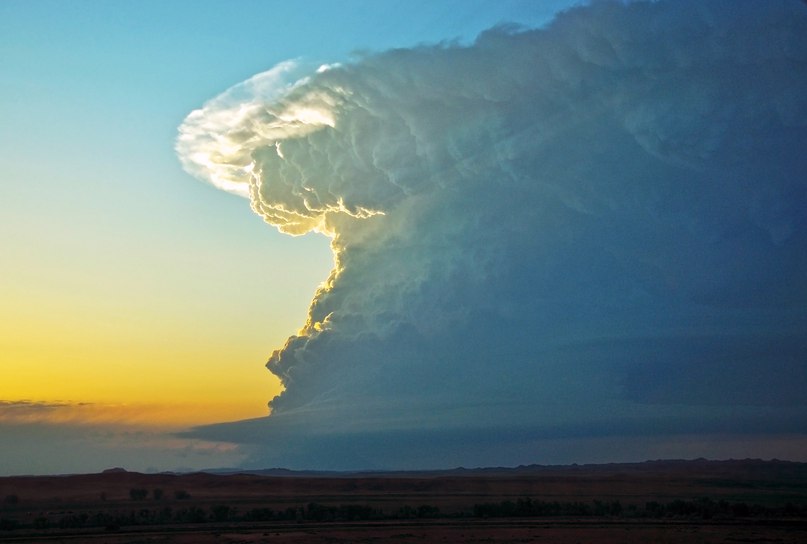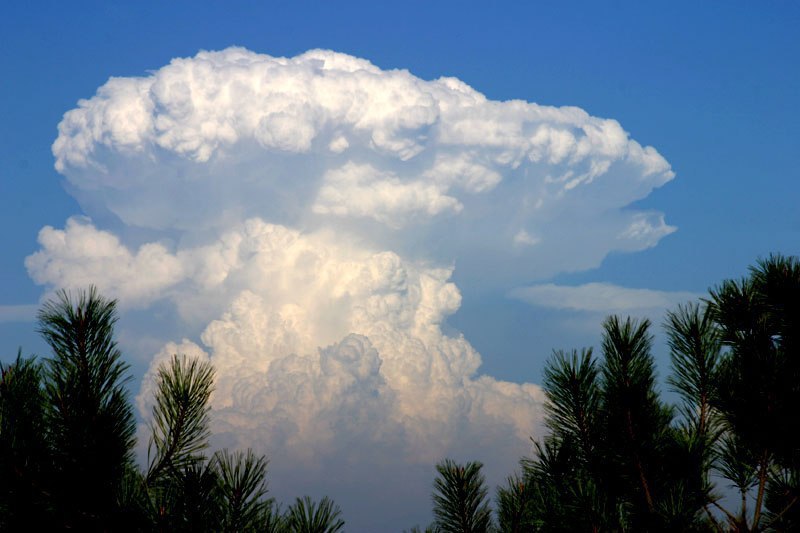


Travelling through a comet’s tail is not dangerous. Earth even passes through them.It all depends on whether the comet is travelling towards or away from the Sun. This means that sometimes the tail is behind the comet and sometimes it in front. The tail always points away from the Sun. The tail is the part of the comet we see in the sky. When a comet approaches the inner planets, it is warmed by the Sun. When this happens, it begins to melt and throws out dust and gas.When this happened, they often change direction, and this can throw them out towards the inner solar system. Comets spend most of their years in the Kuiper belt and Oort cloud. Every now and again two comets can crash into one another.There are millions of comets, and they are all orbiting the Sun. Most take less than two hundred years to do so, and others travel much slower, potentially taking millions of years to complete an orbit.The Oort cloud is so far away we have never even seen it! The comets visible from Earth are most likely ones that came from the closer Kuiper belt which is near Pluto. Comets come from the Kuiper belt and the Oort Cloud. These areas of space are way out in the solar system far away from the Sun.

Charts showing the positions in the sky of some comets can be created with a planetarium program. Since comets are brightest when near the Sun, they are usually visible only at sunrise or sunset. Many comets are first discovered by amateur astronomers.

Comet Halley is the source of the Orionid shower in October. Some occur with great regularity: the Perseid meteor shower occurs every year between August 9 and 13 when the Earth passes thru the orbit of Comet Swift-Tuttle. Meteor shower sometimes occur when the Earth passes thru the orbit of a comet. with Jupiter).īy far the most famous comet is Comet Halley but SL 9 was a "big hit" for a week in the summer of 1994. (Perhaps half of the near-Earth asteroids may be "dead" comets.) A comet whose orbit takes it near the Sun is also likely to either impact one of the planets or the Sun or to be ejected out of the solar system by a close encounter (esp. Only the short- and intermediate-period comets (like Comet Halley), stay within the orbit of Pluto for a significant fraction of their orbits.Īfter 500 or so passes near the Sun off most of a comet's ice and gas is lost leaving a rocky object very much like an asteroid in appearance. Most comets have highly eccentric orbits which take them far beyond the orbit of Pluto these are seen once and then disappear for millennia. ion tail: as much as several hundred million km long composed of plasma and laced with rays and streamers caused by interactions with the solar wind.Ĭomets are invisible except when they are near the Sun.dust tail: up to 10 million km long composed of smoke-sized dust particles driven off the nucleus by escaping gases this is the most prominent part of a comet to the unaided eye.hydrogen cloud: huge (millions of km in diameter) but very sparse envelope of neutral hydrogen.coma: dense cloud of water, carbon dioxide and other neutral gases sublimed from the nucleus.nucleus: relatively solid and stable, mostly ice and gas with a small amount of dust and other solids.When they are near the Sun and active, comets have several distinct parts: This makes them very interesting as samples of the early history of the solar system. They are a mixture of ices (both water and frozen gases) and dust that for some reason didn't get incorporated into planets when the solar system was formed. Of these 184 are periodic comets (orbital periods less than 200 years) some of the remainder are no doubt periodic as well, but their orbits have not been determined with sufficient accuracy to tell for sure.Ĭomets are sometimes called dirty snowballs or "icy mudballs". As of 1995, 878 comets have been cataloged and their orbits at least roughly calculated.


 0 kommentar(er)
0 kommentar(er)
